Models
In the manual science teachers can find practical steps and examples of how to use the developed pedagogical tools - models, examples and experiments in their everyday educational process. The manual is based on the approach for development of comprehension in science education, in particular the development of reverse thinking and the fact that its existence is a direct sign of understanding. The manual aims to significantly ease the the job of teachers and give in their hands ready-to-use tools to support learning of students, since it is quite a difficult job to create the right models for each science concept and it may take too long to explain without them the new study subject.
ATP (Adenosine triphosphate)
 Scientific definition
Scientific definitionLiving organisms take energy in two major forms — autotrophic (photosynthetic) organisms take energy in the form of light, and heterotrophic org ...
Brain
 Scientific definition
Scientific definitionThe portion of the central nervous system that is located within the skull. It functions as a primary receiver, organizer, and distributor of info ...
There are no links
Cell
The cell is a fundamental biological organizational unit from which almost of all known living beings are built. Cells are the smallest units of l ...
There are no links
Denaturation and renaturation
 Scientific definition
Scientific definitionDenaturation is a process of changing the spatial structure of nucleic acids and proteins under the influence of high temperature, pressure, acids ...
Diffusion
Diffusion is movement of anything (atom, ions, molecules) through a thin semi-permeable membrane (cell membrane consists of a lipid bilayer) fro ...
There are no links
DNA
DNA: The deoxyribonucleic acid is a very large, phosphorus- and nitrogen-containing molecule that serves as a carrier of genetic information. ...
There are no links
DNA
 Scientific definition
Scientific definitionThe DNA molecule comprises of two polynucleotide chains. They are curved in the form of a double helix. Inside the spiral are nitrogen bases that ...
Enzyme
 Scientific definition
Scientific definitionEnzyme, a substance that acts as a catalyst in living organisms, regulating the rate at which chemical reactions proceed without itself being alte ...
There are no links
Enzymes
 Scientific definition
Scientific definitionEnzymes are molecules that catalyze the biochemical processes in the cell. They are highly specific, powerful catalysts, each of which catalyzes a ...
Excitation
 Scientific definition
Scientific definitionAn act of irritation or stimulation or of responding to a stimulus, the addition of energy, as the excitation of a molecule by absorption of photo ...
There are no links
Fermentation
 Scientific definition
Scientific definitionThe breakdown of carbohydrates (glucose) into cells of microorganisms without the participation of oxygen is called fermentation. ...
Forest ecosystem
 Scientific definition
Scientific definitionA forest ecosystem describes the community of plants, animals, microbes and all other organisms in interaction with the chemical and physical feat ...
There are no links
Heredity
 Scientific definition
Scientific definitionHeredity is individuals’ characteristic to acquire the genetic information (nucleic acids) of their parents and to pass it on to their descendan ...
Heteropolymers
 Scientific definition
Scientific definitionHigh molecular weight organic compounds made up of the binding of different units arranged in a certain way. The molecules that bind to each other ...
Immunity
 Scientific definition
Scientific definitionIt is the condition of the vegetal, animal or human organism to resist a particular disease especially by preventing the development of a pathogen ...
IMMUNITY (2)
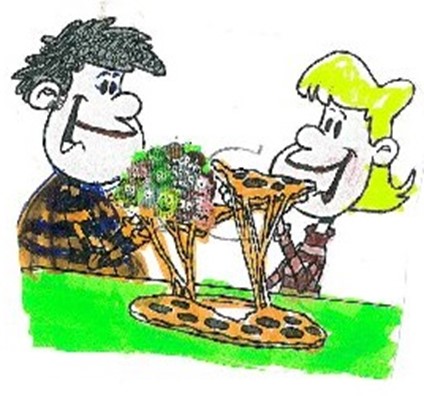 Scientific definition
Scientific definition
It is the process by which phagocytes engulf and break down bacteria or particles.
Metabolism
Metabolism is the process involving a set of constructive (anabolism) or distructive (catabolism) chemical reactions that modifies a molecule into ...
Mitosis
 Scientific definition
Scientific definitionMitosis is a process of asexual reproduction of eukaryotic cells thanks to which from a single cell 2 genetically identical daughter cells are form ...
There are no links
Mitosis
Phase in the cell cycle in which the nucleus divides and the DNA is divided. In the subsequent cell division, the genetic material of a cell is di ...
There are no links
Nerve
 Scientific definition
Scientific definitionThe nerve conducts nerve impulses in organism. It is a category of filamentous bands of nervous tissues that connects parts of the nervous syste ...
Nucleic acids DNA
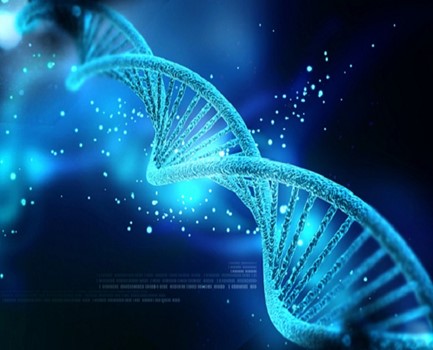 Scientific definition
Scientific definitionNucleic acids are macromolecules (consisting of chains of nucleotides) containing the biochemically codified genetic information of a living thing ...
Nucleic acids DNA (2)
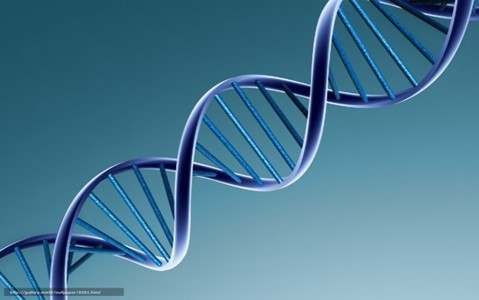 Scientific definition
Scientific definitionNucleic acids are macromolecules (consisting of chains of nucleotides) containing the biochemically codified genetic information of a living thing ...
Organ transplantation
 Scientific definition
Scientific definitionSurgery in which tissue, parts of an organ or the whole organ is taken from one organism (donor) to be placed with a healing intent in another org ...
Pollination
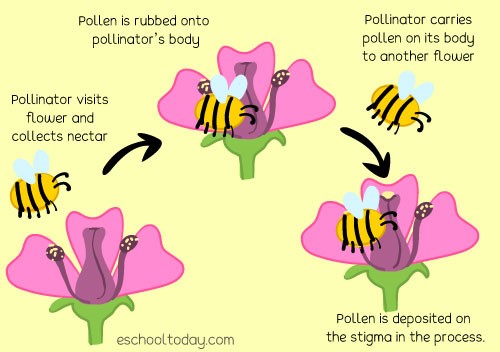 Scientific definition
Scientific definitionPollination is the transfer (natural or artificial) of pollen of the stamen to the stigma of another plant to produce fecundation. ...
There are no links
Pollination (2)
 Scientific definition
Scientific definitionPollination is the transfer (natural or artificial) of pollen of the stamen to the stigma of another plant to produce fecundation. ...
There are no links
Pollination (3)
 Scientific definition
Scientific definitionPollination is the transfer (natural or artificial) of pollen of the stamen to the stigma of another plant to produce fecundation. ...
Respiratory chain
 Scientific definition
Scientific definitionThe respiratory chain is the common path through which all the electrons originating from the most diverse nutrients in the cell are transferred t ...
There are no links
Ribosomes
 Scientific definition
Scientific definitionRibosomes are machines responsible for the translation of the genetic code of nucleic acids (messenger RNA) into the language of proteins. The rib ...
Solar system
 Scientific definition
Scientific definition
The solar system is consisting of the sun, the eight planets and their moons, comets, asteroids and meteorites.
There are no links
Symbiosis
Symbiosis is interaction between two different organisms living in close physical association, typically to the advantage of both. It is a mutuall ...
Synapse
 Scientific definition
Scientific definitionA synapse is a contact structure for transmitting a chemical or electrical signal from one nerve cell to another nerve cell (interneuronal synapse ...
There are no links
Thunderstorm
 Scientific definition
Scientific definitionA discharge of the air electricity of the clouds among themselves or against the earth, accompanied by lightning and thunder, usually accompanied ...
There are no links
Tissue
 Scientific definition
Scientific definitionA tissue is an aggregate (set) of interdependent cells in an organism that have similar origin, shape, structure and function. ...
Tissue (2)
 Scientific definition
Scientific definitionA tissue is an aggregate (set) of interdependent cells in an organism that have similar origin, shape, structure and function. ...
Trophic chain
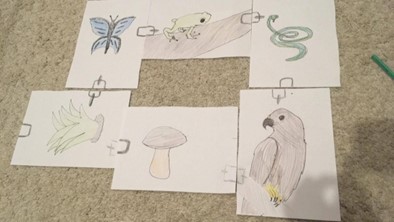 Scientific definition
Scientific definitionTrophic chain is a series of organisms interrelated in their feeding habits in an ecosystem in which each species is the food of the next member o ...









